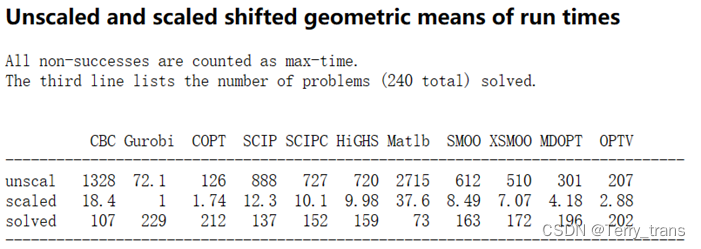一,
表和索引的膨胀现象
Postgres SQL 实现的MVCC的机制不同于 oracle , mysql innodb 的 undo tablespace 的机制。 表上所用的更新和删除等操作的行为,都不会实际的删除或修改,而是标记为死元祖 (dead rows or dead tuples),也因此,在大表进行长事务增删改的时候,表的磁盘使用空间会逐渐变大,并且,表的读写性能会随着表膨胀的程度加深而逐渐下降。
那么说人话就是,表和索引的膨胀会造成两个后果,第一是磁盘空间的占用,比如,某个几百G的大表delete 删除后,并不会释放磁盘空间,并且在删除的过程中还会引发wal日志的膨胀,而数据库服务器的磁盘空间并不是无限的,第二个就是会使得表的查询和写入性能下降,也就是查询速度降低或者插入/更新速度明显下降。
因此,我们在数据库的使用过程中,应该避免表膨胀,至少是将表膨胀控制在一个合理的,可接受的范围内,完全的避免表膨胀是确定无疑的不可能。
postgresql数据库对于表膨胀这个问题是有几种处理方式
第一,是在postgresql的主配置文件内定义autovacuum,也就是让postgresql数据库自己决定何时治理表膨胀
第二,手动vacuum 治理表膨胀
第三,CLUSTER命令治理表膨胀
第四,利用外部插件,例如pg_repack 治理表膨胀
第五,recreate table or reindex : 相当于重建表和索引。
- 如果选择重建表的话 是类似于 create table tab_new as select * from tab_old, 然后在 创建相关索引,最后进行表名的 rename 切换。还需注意表的权限:需要重新赋权。
- 另外这个也是需要应用系统的维护窗口时间的。
- 如果选择重建索引的话, 类似于 reindex CONCURRENTLY index_name, 需要注意的是需要2倍的索引存储空间,进行online的索引重建。
CLUSTER背后的代码与VACUUM (FULL)相同,只是增加了一个排序。因此,CLUSTER存在和VACUUM (FULL)一样的问题:
- CLUSTER以ACCESS EXCLUSIVE模式锁定表,锁定期间阻塞所有操作,VACUUM (FULL)也是一样的
- 需要二倍于表的空间进行操作
对于大表来说,根据表的数据规模大小,很多时候vacuum或者CLUSTER的时候都是几个小时甚至十几个小时,而在此期间表被锁住是无法接受的,读写都有问题,锁表会造成业务的中断。
pg_repack 锁表的时间相对vacuum或者cluster来说是比较少的,大概是vacuum的锁表时间的20%,因此,pg_repack 是一个比较好的选择,但pg_repack 的使用仍然是推荐在业务低峰期使用,虽然锁表时间大幅减少。
repack 实际上是创建了一张临时表, 并在原始表上创建触发器捕获数据变化,同步到临时表中, 并在临时表中重新创建索引,最后进行临时表和原始表的切换。
工作原理和mysql 的 pt-online-schema-change 的工具是十分类似的.
下面将就pg_repack 的部署和基本使用做一个介绍
二,
表膨胀治理的时机
在表膨胀治理之前,我们需要了解哪些表需要治理,在表膨胀治理之后,我们需要清楚的知道,具体治理了多少表膨胀
监控数据库级别的膨胀:Show database bloat - PostgreSQL wiki
SQL语句如下:
![]()
这个SQL语句比较简略,主要关注上图标识的这两行,wastedbytes的值越大,表明表膨胀越严重
SELECT
current_database(), schemaname, tablename, /*reltuples::bigint, relpages::bigint, otta,*/
ROUND((CASE WHEN otta=0 THEN 0.0 ELSE sml.relpages::float/otta END)::numeric,1) AS tbloat,
CASE WHEN relpages < otta THEN 0 ELSE bs*(sml.relpages-otta)::BIGINT END AS wastedbytes,
iname, /*ituples::bigint, ipages::bigint, iotta,*/
ROUND((CASE WHEN iotta=0 OR ipages=0 THEN 0.0 ELSE ipages::float/iotta END)::numeric,1) AS ibloat,
CASE WHEN ipages < iotta THEN 0 ELSE bs*(ipages-iotta) END AS wastedibytes
FROM (
SELECT
schemaname, tablename, cc.reltuples, cc.relpages, bs,
CEIL((cc.reltuples*((datahdr+ma-
(CASE WHEN datahdr%ma=0 THEN ma ELSE datahdr%ma END))+nullhdr2+4))/(bs-20::float)) AS otta,
COALESCE(c2.relname,'?') AS iname, COALESCE(c2.reltuples,0) AS ituples, COALESCE(c2.relpages,0) AS ipages,
COALESCE(CEIL((c2.reltuples*(datahdr-12))/(bs-20::float)),0) AS iotta -- very rough approximation, assumes all cols
FROM (
SELECT
ma,bs,schemaname,tablename,
(datawidth+(hdr+ma-(case when hdr%ma=0 THEN ma ELSE hdr%ma END)))::numeric AS datahdr,
(maxfracsum*(nullhdr+ma-(case when nullhdr%ma=0 THEN ma ELSE nullhdr%ma END))) AS nullhdr2
FROM (
SELECT
schemaname, tablename, hdr, ma, bs,
SUM((1-null_frac)*avg_width) AS datawidth,
MAX(null_frac) AS maxfracsum,
hdr+(
SELECT 1+count(*)/8
FROM pg_stats s2
WHERE null_frac<>0 AND s2.schemaname = s.schemaname AND s2.tablename = s.tablename
) AS nullhdr
FROM pg_stats s, (
SELECT
(SELECT current_setting('block_size')::numeric) AS bs,
CASE WHEN substring(v,12,3) IN ('8.0','8.1','8.2') THEN 27 ELSE 23 END AS hdr,
CASE WHEN v ~ 'mingw32' THEN 8 ELSE 4 END AS ma
FROM (SELECT version() AS v) AS foo
) AS constants
GROUP BY 1,2,3,4,5
) AS foo
) AS rs
JOIN pg_class cc ON cc.relname = rs.tablename
JOIN pg_namespace nn ON cc.relnamespace = nn.oid AND nn.nspname = rs.schemaname AND nn.nspname <> 'information_schema'
LEFT JOIN pg_index i ON indrelid = cc.oid
LEFT JOIN pg_class c2 ON c2.oid = i.indexrelid
) AS sml
ORDER BY wastedbytes DESC监控表级别的膨胀:
https://github.com/ioguix/pgsql-bloat-estimation/blob/master/table/table_bloat.sql
注:稍作修改,屏蔽了系统库

该SQL语句执行完后,重点关注上图标识的地方就行了,blooat_pct 越大,表明表膨胀越严重
/* WARNING: executed with a non-superuser role, the query inspect only tables and materialized view (9.3+) you are granted to read.
* This query is compatible with PostgreSQL 9.0 and more
*/
SELECT current_database(), schemaname, tblname, bs*tblpages AS real_size,
(tblpages-est_tblpages)*bs AS extra_size,
CASE WHEN tblpages > 0 AND tblpages - est_tblpages > 0
THEN 100 * (tblpages - est_tblpages)/tblpages::float
ELSE 0
END AS extra_pct, fillfactor,
CASE WHEN tblpages - est_tblpages_ff > 0
THEN (tblpages-est_tblpages_ff)*bs
ELSE 0
END AS bloat_size,
CASE WHEN tblpages > 0 AND tblpages - est_tblpages_ff > 0
THEN 100 * (tblpages - est_tblpages_ff)/tblpages::float
ELSE 0
END AS bloat_pct, is_na
-- , tpl_hdr_size, tpl_data_size, (pst).free_percent + (pst).dead_tuple_percent AS real_frag -- (DEBUG INFO)
FROM (
SELECT ceil( reltuples / ( (bs-page_hdr)/tpl_size ) ) + ceil( toasttuples / 4 ) AS est_tblpages,
ceil( reltuples / ( (bs-page_hdr)*fillfactor/(tpl_size*100) ) ) + ceil( toasttuples / 4 ) AS est_tblpages_ff,
tblpages, fillfactor, bs, tblid, schemaname, tblname, heappages, toastpages, is_na
-- , tpl_hdr_size, tpl_data_size, pgstattuple(tblid) AS pst -- (DEBUG INFO)
FROM (
SELECT
( 4 + tpl_hdr_size + tpl_data_size + (2*ma)
- CASE WHEN tpl_hdr_size%ma = 0 THEN ma ELSE tpl_hdr_size%ma END
- CASE WHEN ceil(tpl_data_size)::int%ma = 0 THEN ma ELSE ceil(tpl_data_size)::int%ma END
) AS tpl_size, bs - page_hdr AS size_per_block, (heappages + toastpages) AS tblpages, heappages,
toastpages, reltuples, toasttuples, bs, page_hdr, tblid, schemaname, tblname, fillfactor, is_na
-- , tpl_hdr_size, tpl_data_size
FROM (
SELECT
tbl.oid AS tblid, ns.nspname AS schemaname, tbl.relname AS tblname, tbl.reltuples,
tbl.relpages AS heappages, coalesce(toast.relpages, 0) AS toastpages,
coalesce(toast.reltuples, 0) AS toasttuples,
coalesce(substring(
array_to_string(tbl.reloptions, ' ')
FROM 'fillfactor=([0-9]+)')::smallint, 100) AS fillfactor,
current_setting('block_size')::numeric AS bs,
CASE WHEN version()~'mingw32' OR version()~'64-bit|x86_64|ppc64|ia64|amd64' THEN 8 ELSE 4 END AS ma,
24 AS page_hdr,
23 + CASE WHEN MAX(coalesce(s.null_frac,0)) > 0 THEN ( 7 + count(s.attname) ) / 8 ELSE 0::int END
+ CASE WHEN bool_or(att.attname = 'oid' and att.attnum < 0) THEN 4 ELSE 0 END AS tpl_hdr_size,
sum( (1-coalesce(s.null_frac, 0)) * coalesce(s.avg_width, 0) ) AS tpl_data_size,
bool_or(att.atttypid = 'pg_catalog.name'::regtype)
OR sum(CASE WHEN att.attnum > 0 THEN 1 ELSE 0 END) <> count(s.attname) AS is_na
FROM pg_attribute AS att
JOIN pg_class AS tbl ON att.attrelid = tbl.oid
JOIN pg_namespace AS ns ON ns.oid = tbl.relnamespace
LEFT JOIN pg_stats AS s ON s.schemaname=ns.nspname
AND s.tablename = tbl.relname AND s.inherited=false AND s.attname=att.attname
LEFT JOIN pg_class AS toast ON tbl.reltoastrelid = toast.oid
WHERE NOT att.attisdropped
AND tbl.relkind in ('r','m')
AND schemaname not IN('pg_catalog','information_schema','repack')
GROUP BY 1,2,3,4,5,6,7,8,9,10
ORDER BY 2,3
) AS s
) AS s2
) AS s3
-- WHERE NOT is_na
-- AND tblpages*((pst).free_percent + (pst).dead_tuple_percent)::float4/100 >= 1
ORDER BY schemaname, tblname;监控索引级别的膨胀:
https://github.com/ioguix/pgsql-bloat-estimation/blob/master/btree/btree_bloat.sql
注:稍作修改,屏蔽了系统库
-- WARNING: executed with a non-superuser role, the query inspect only index on tables you are granted to read.
-- WARNING: rows with is_na = 't' are known to have bad statistics ("name" type is not supported).
-- This query is compatible with PostgreSQL 8.2 and after
SELECT current_database(), nspname AS schemaname, tblname, idxname, bs*(relpages)::bigint AS real_size,
bs*(relpages-est_pages)::bigint AS extra_size,
100 * (relpages-est_pages)::float / relpages AS extra_pct,
fillfactor,
CASE WHEN relpages > est_pages_ff
THEN bs*(relpages-est_pages_ff)
ELSE 0
END AS bloat_size,
100 * (relpages-est_pages_ff)::float / relpages AS bloat_pct,
is_na
-- , 100-(pst).avg_leaf_density AS pst_avg_bloat, est_pages, index_tuple_hdr_bm, maxalign, pagehdr, nulldatawidth, nulldatahdrwidth, reltuples, relpages -- (DEBUG INFO)
FROM (
SELECT coalesce(1 +
ceil(reltuples/floor((bs-pageopqdata-pagehdr)/(4+nulldatahdrwidth)::float)), 0 -- ItemIdData size + computed avg size of a tuple (nulldatahdrwidth)
) AS est_pages,
coalesce(1 +
ceil(reltuples/floor((bs-pageopqdata-pagehdr)*fillfactor/(100*(4+nulldatahdrwidth)::float))), 0
) AS est_pages_ff,
bs, nspname, tblname, idxname, relpages, fillfactor, is_na
-- , pgstatindex(idxoid) AS pst, index_tuple_hdr_bm, maxalign, pagehdr, nulldatawidth, nulldatahdrwidth, reltuples -- (DEBUG INFO)
FROM (
SELECT maxalign, bs, nspname, tblname, idxname, reltuples, relpages, idxoid, fillfactor,
( index_tuple_hdr_bm +
maxalign - CASE -- Add padding to the index tuple header to align on MAXALIGN
WHEN index_tuple_hdr_bm%maxalign = 0 THEN maxalign
ELSE index_tuple_hdr_bm%maxalign
END
+ nulldatawidth + maxalign - CASE -- Add padding to the data to align on MAXALIGN
WHEN nulldatawidth = 0 THEN 0
WHEN nulldatawidth::integer%maxalign = 0 THEN maxalign
ELSE nulldatawidth::integer%maxalign
END
)::numeric AS nulldatahdrwidth, pagehdr, pageopqdata, is_na
-- , index_tuple_hdr_bm, nulldatawidth -- (DEBUG INFO)
FROM (
SELECT n.nspname, i.tblname, i.idxname, i.reltuples, i.relpages,
i.idxoid, i.fillfactor, current_setting('block_size')::numeric AS bs,
CASE -- MAXALIGN: 4 on 32bits, 8 on 64bits (and mingw32 ?)
WHEN version() ~ 'mingw32' OR version() ~ '64-bit|x86_64|ppc64|ia64|amd64' THEN 8
ELSE 4
END AS maxalign,
/* per page header, fixed size: 20 for 7.X, 24 for others */
24 AS pagehdr,
/* per page btree opaque data */
16 AS pageopqdata,
/* per tuple header: add IndexAttributeBitMapData if some cols are null-able */
CASE WHEN max(coalesce(s.null_frac,0)) = 0
THEN 8 -- IndexTupleData size
ELSE 8 + (( 32 + 8 - 1 ) / 8) -- IndexTupleData size + IndexAttributeBitMapData size ( max num filed per index + 8 - 1 /8)
END AS index_tuple_hdr_bm,
/* data len: we remove null values save space using it fractionnal part from stats */
sum( (1-coalesce(s.null_frac, 0)) * coalesce(s.avg_width, 1024)) AS nulldatawidth,
max( CASE WHEN i.atttypid = 'pg_catalog.name'::regtype THEN 1 ELSE 0 END ) > 0 AS is_na
FROM (
SELECT ct.relname AS tblname, ct.relnamespace, ic.idxname, ic.attpos, ic.indkey, ic.indkey[ic.attpos], ic.reltuples, ic.relpages, ic.tbloid, ic.idxoid, ic.fillfactor,
coalesce(a1.attnum, a2.attnum) AS attnum, coalesce(a1.attname, a2.attname) AS attname, coalesce(a1.atttypid, a2.atttypid) AS atttypid,
CASE WHEN a1.attnum IS NULL
THEN ic.idxname
ELSE ct.relname
END AS attrelname
FROM (
SELECT idxname, reltuples, relpages, tbloid, idxoid, fillfactor, indkey,
pg_catalog.generate_series(1,indnatts) AS attpos
FROM (
SELECT ci.relname AS idxname, ci.reltuples, ci.relpages, i.indrelid AS tbloid,
i.indexrelid AS idxoid,
coalesce(substring(
array_to_string(ci.reloptions, ' ')
from 'fillfactor=([0-9]+)')::smallint, 90) AS fillfactor,
i.indnatts,
pg_catalog.string_to_array(pg_catalog.textin(
pg_catalog.int2vectorout(i.indkey)),' ')::int[] AS indkey
FROM pg_catalog.pg_index i
JOIN pg_catalog.pg_class ci ON ci.oid = i.indexrelid
WHERE ci.relam=(SELECT oid FROM pg_am WHERE amname = 'btree')
AND ci.relpages > 0
) AS idx_data
) AS ic
JOIN pg_catalog.pg_class ct ON ct.oid = ic.tbloid
LEFT JOIN pg_catalog.pg_attribute a1 ON
ic.indkey[ic.attpos] <> 0
AND a1.attrelid = ic.tbloid
AND a1.attnum = ic.indkey[ic.attpos]
LEFT JOIN pg_catalog.pg_attribute a2 ON
ic.indkey[ic.attpos] = 0
AND a2.attrelid = ic.idxoid
AND a2.attnum = ic.attpos
) i
JOIN pg_catalog.pg_namespace n ON n.oid = i.relnamespace
JOIN pg_catalog.pg_stats s ON s.schemaname = n.nspname
AND s.tablename = i.attrelname
AND s.attname = i.attname
AND schemaname not IN('pg_catalog','information_schema','repack')
GROUP BY 1,2,3,4,5,6,7,8,9,10,11
) AS rows_data_stats
) AS rows_hdr_pdg_stats
) AS relation_stats
ORDER BY nspname, tblname, idxname;三,
pg_repack的部署
pg_repack现在支持到postgresql-16版本,下载地址:https://github.com/reorg/pg_repack/releases/tag/ver_1.5.0
下载下来的压缩包上传到服务器后,进入解压目录
先安装编译依赖:
yum install openssl openssl-devel readline readline-devel -y然后编译三连就好了:
make && make install编译日志如下:
[root@centos10 pg_repack-ver_1.5.0]# make
make[1]: Entering directory `/root/pg_repack-ver_1.5.0/bin'
gcc -std=gnu99 -Wall -Wmissing-prototypes -Wpointer-arith -Wdeclaration-after-statement -Werror=vla -Wendif-labels -Wmissing-format-attribute -Wformat-security -fno-strict-aliasing -fwrapv -fexcess-precision=standard -O2 pg_repack.o pgut/pgut.o pgut/pgut-fe.o -L/data/pgsql/lib -Wl,--as-needed -Wl,-rpath,'/data/pgsql/lib',--enable-new-dtags -L/data/pgsql/lib -lpq -L/data/pgsql/lib -lpgcommon -lpgport -lpthread -lz -lreadline -lrt -lcrypt -ldl -lm -o pg_repack
make[1]: Leaving directory `/root/pg_repack-ver_1.5.0/bin'
make[1]: Entering directory `/root/pg_repack-ver_1.5.0/lib'
gcc -std=gnu99 -Wall -Wmissing-prototypes -Wpointer-arith -Wdeclaration-after-statement -Werror=vla -Wendif-labels -Wmissing-format-attribute -Wformat-security -fno-strict-aliasing -fwrapv -fexcess-precision=standard -O2 -fPIC -DREPACK_VERSION=1.5.0 -I. -I./ -I/data/pgsql/include/server -I/data/pgsql/include/internal -D_GNU_SOURCE -c -o repack.o repack.c
gcc -std=gnu99 -Wall -Wmissing-prototypes -Wpointer-arith -Wdeclaration-after-statement -Werror=vla -Wendif-labels -Wmissing-format-attribute -Wformat-security -fno-strict-aliasing -fwrapv -fexcess-precision=standard -O2 -fPIC -DREPACK_VERSION=1.5.0 -I. -I./ -I/data/pgsql/include/server -I/data/pgsql/include/internal -D_GNU_SOURCE -c -o pgut/pgut-spi.o pgut/pgut-spi.c
( echo '{ global:'; gawk '/^[^#]/ {printf "%s;\n",$1}' exports.txt; echo ' local: *; };' ) >exports.list
gcc -std=gnu99 -Wall -Wmissing-prototypes -Wpointer-arith -Wdeclaration-after-statement -Werror=vla -Wendif-labels -Wmissing-format-attribute -Wformat-security -fno-strict-aliasing -fwrapv -fexcess-precision=standard -O2 -fPIC -shared -Wl,--version-script=exports.list -o pg_repack.so repack.o pgut/pgut-spi.o -L/data/pgsql/lib -Wl,--as-needed -Wl,-rpath,'/data/pgsql/lib',--enable-new-dtags
sed 's,REPACK_VERSION,1.5.0,g' pg_repack.sql.in \
| sed 's,relhasoids,false,g'> pg_repack--1.5.0.sql;
sed 's,REPACK_VERSION,1.5.0,g' pg_repack.control.in > pg_repack.control
make[1]: Leaving directory `/root/pg_repack-ver_1.5.0/lib'
make[1]: Entering directory `/root/pg_repack-ver_1.5.0/regress'
make[1]: Nothing to be done for `all'.
make[1]: Leaving directory `/root/pg_repack-ver_1.5.0/regress'
[root@centos10 pg_repack-ver_1.5.0]# echo $?
0
[root@centos10 pg_repack-ver_1.5.0]# make install
make[1]: Entering directory `/root/pg_repack-ver_1.5.0/bin'
/usr/bin/mkdir -p '/data/pgsql/bin'
/usr/bin/install -c pg_repack '/data/pgsql/bin'
make[1]: Leaving directory `/root/pg_repack-ver_1.5.0/bin'
make[1]: Entering directory `/root/pg_repack-ver_1.5.0/lib'
/usr/bin/mkdir -p '/data/pgsql/lib'
/usr/bin/mkdir -p '/data/pgsql/share/extension'
/usr/bin/mkdir -p '/data/pgsql/share/extension'
/usr/bin/install -c -m 755 pg_repack.so '/data/pgsql/lib/pg_repack.so'
/usr/bin/install -c -m 644 .//pg_repack.control '/data/pgsql/share/extension/'
/usr/bin/install -c -m 644 pg_repack--1.5.0.sql pg_repack.control '/data/pgsql/share/extension/'
make[1]: Leaving directory `/root/pg_repack-ver_1.5.0/lib'
make[1]: Entering directory `/root/pg_repack-ver_1.5.0/regress'
make[1]: Nothing to be done for `install'.
make[1]: Leaving directory `/root/pg_repack-ver_1.5.0/regress'
[root@centos10 pg_repack-ver_1.5.0]#
[root@centos10 pg_repack-ver_1.5.0]# cd
[root@centos10 ~]# whereis pg_repack
pg_repack: /data/pgsql/bin/pg_repack
登录postgresql的命令行,激活插件,这里是哪个数据库需要此插件就切换到哪个数据库内:
比如,我需要在名为test的数据库内使用此插件:
\c test
create extension pg_repack;此插件激活后,将会看到一个名为repack的scheme和一系列相关函数和两个视图:

四,
pg_repack的表膨胀治理能力测试
1,
创建新库和大表
新库名称为test,大表的创建语句如下:
大表名称为testpg,数据量级为2000w,只有两列数据
create or replace function gen_id(
a date,
b date
)
returns text as $$
select lpad((random()*99)::int::text, 3, '0') ||
lpad((random()*99)::int::text, 3, '0') ||
lpad((random()*99)::int::text, 3, '0') ||
to_char(a + (random()*(b-a))::int, 'yyyymmdd') ||
lpad((random()*99)::int::text, 3, '0') ||
random()::int ||
(case when random()*10 >9 then 'xy' else (random()*9)::int::text end ) ;
$$ language sql strict;
CREATE SEQUENCE test START 1;
create table if not exists testpg (
"id" int8 not null DEFAULT nextval('test'::regclass),
CONSTRAINT "user_vendorcode_pkey" PRIMARY KEY ("id"),
"suijishuzi" VARCHAR ( 255 ) COLLATE "pg_catalog"."default"
);
insert into testpg SELECT generate_series(1,20000000) as xm, gen_id('1949-01-01', '2023-10-16') as num;
2,
查看大表大小和该表的膨胀情况,SQL语句如下:
SELECT
table_schema,
table_name,
pg_size_pretty(table_size) AS table_size,
pg_size_pretty(indexes_size) AS indexes_size,
pg_size_pretty(total_size) AS total_size
FROM (
SELECT
table_schema,
table_name,
pg_table_size(table_name) AS table_size,
pg_indexes_size(table_name) AS indexes_size,
pg_total_relation_size(table_name) AS total_size
FROM (
SELECT table_schema,('"' || table_schema || '"."' || table_name || '"') AS table_name
FROM information_schema.tables
) AS all_tables
ORDER BY total_size DESC
) AS pretty_sizes where table_schema not in ('pg_catalog','information_schema','repack');输出如下:

使用上面的第二个查询表膨胀的语句,结果如下:

3,
大量更新testpg这个表,人为制造表膨胀:
UPDATE testpg set suijishuzi='123456789' WHERE suijishuzi like'%1%'
查看表大小和膨胀率:
可以看到,膨胀率达到了45%


4,
pg_repack表膨胀治理:
[root@centos10 ~]# su - postgres -c "/data/pgsql/bin/pg_repack -d test -t public.testpg"
INFO: repacking table "public.testpg"
在膨胀治理期间,可以正常的对该表读写,治理完毕后,查看表大小和表膨胀率:
可以看到,膨胀治理完全成功,


观察磁盘使用,可以看到,符合本次膨胀治理的结果:
[root@centos10 ~]# du -sh /data/pgsql/data/
4.0G /data/pgsql/data/
[root@centos10 ~]# du -sh /data/pgsql/data/
2.7G /data/pgsql/data/
未完待续!!!


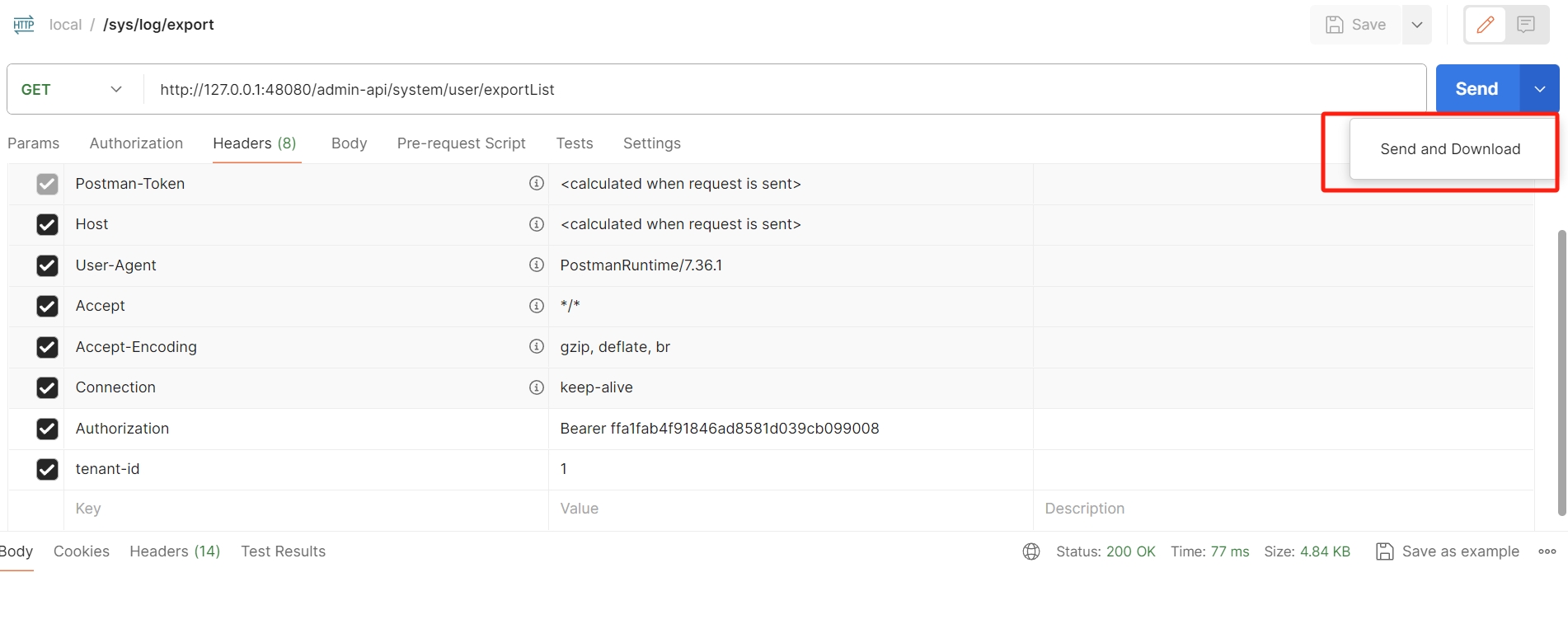





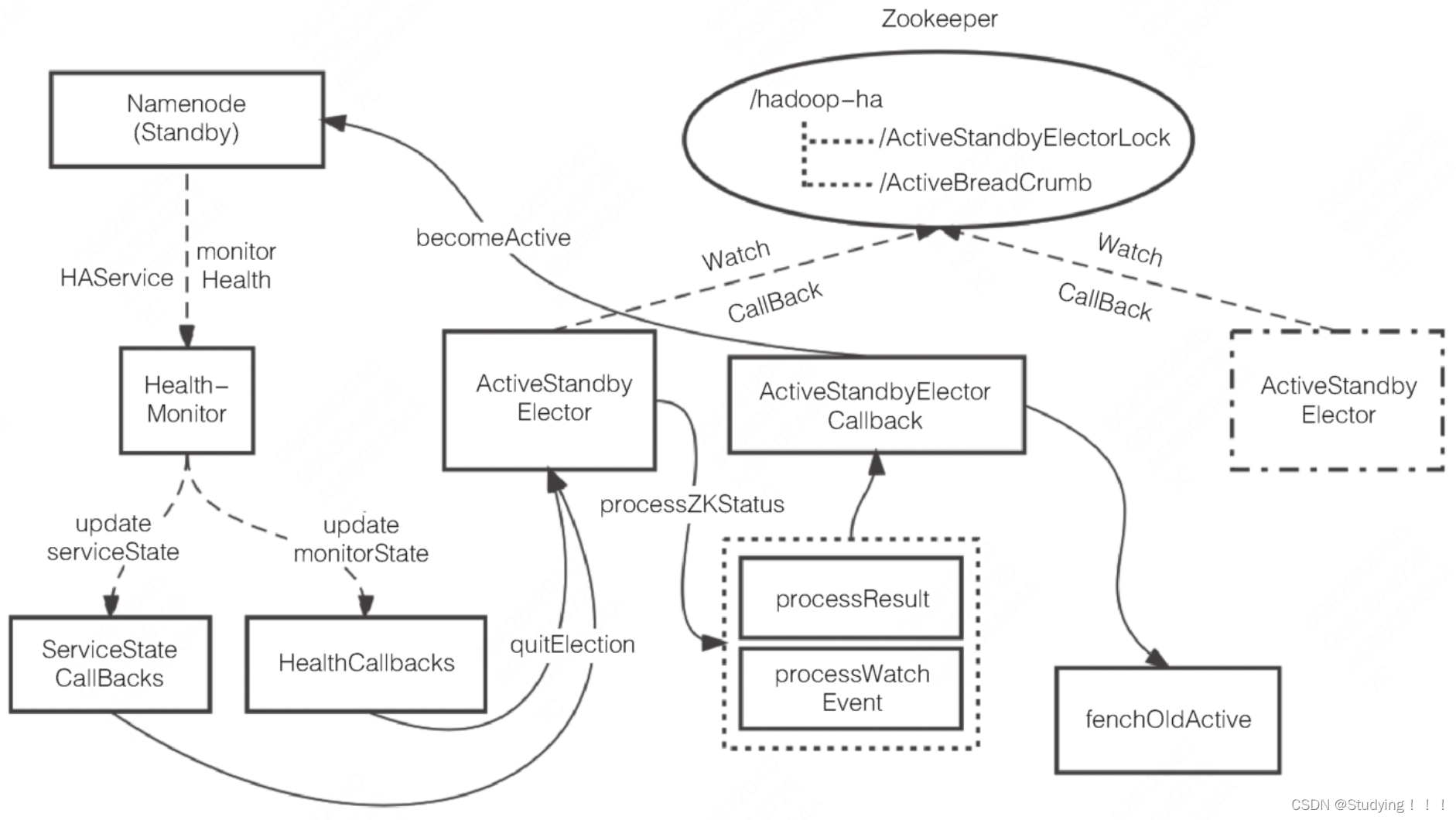


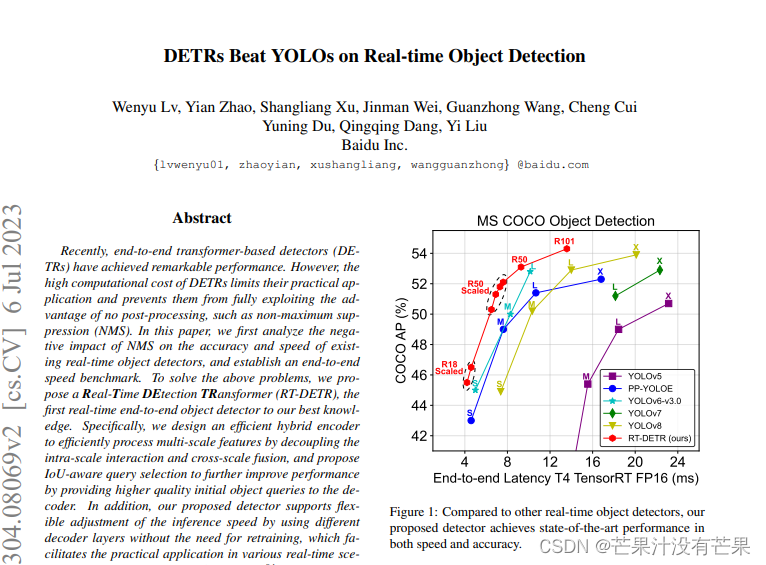

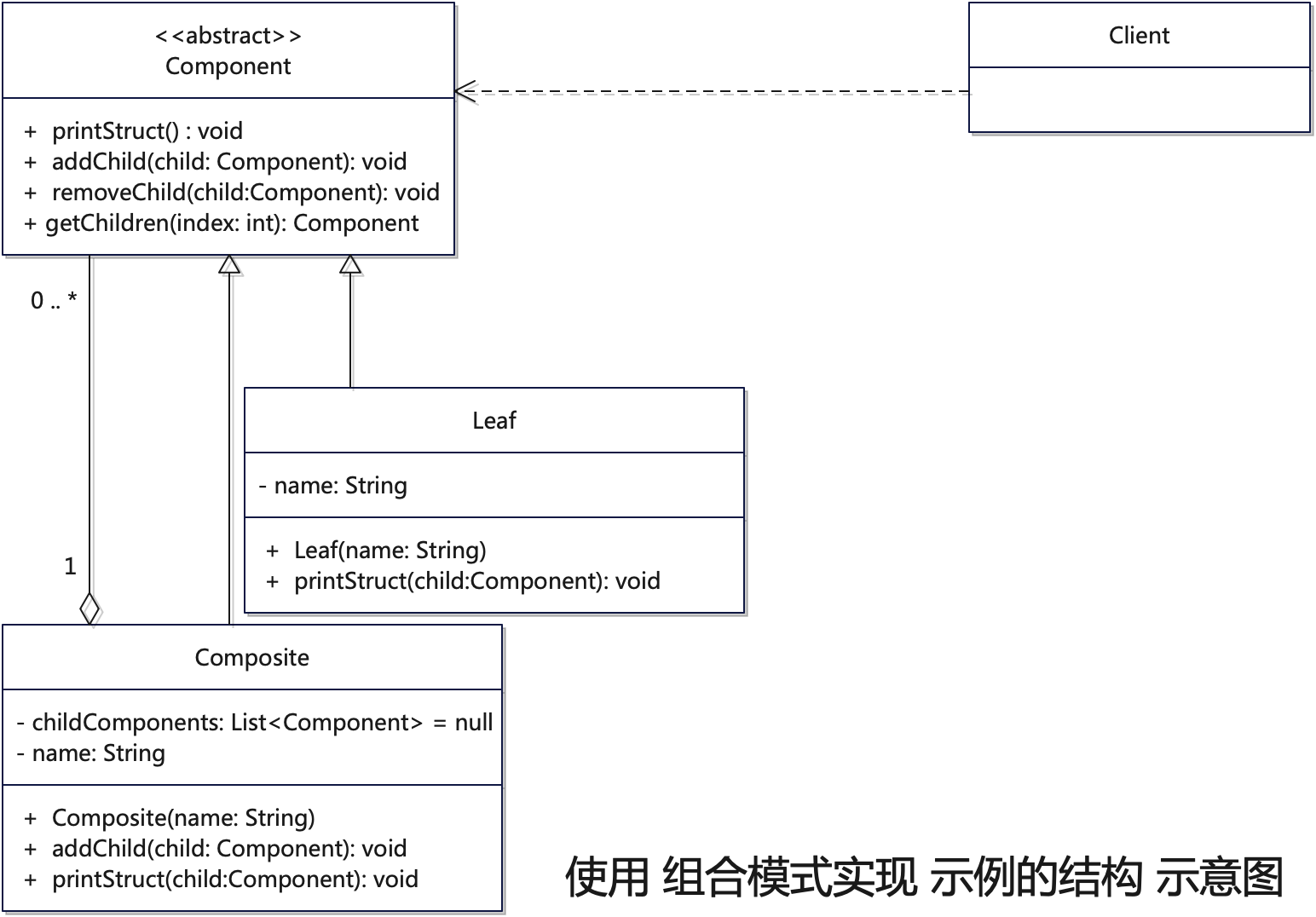

![[office] excel2010双向条形图制作 #经验分享#微信](https://img-blog.csdnimg.cn/img_convert/75daee5e3a71beb1cbba7365f481905c.jpeg)

